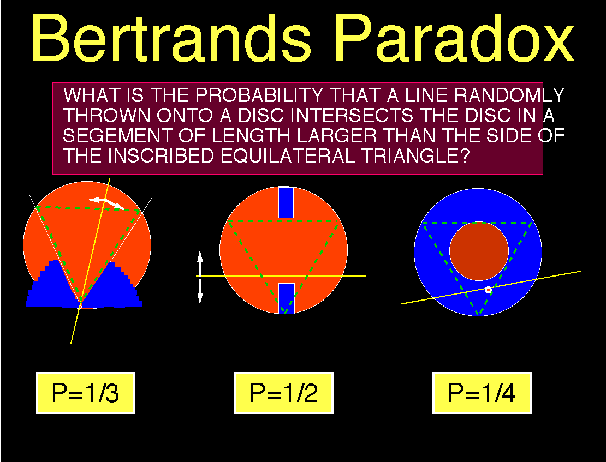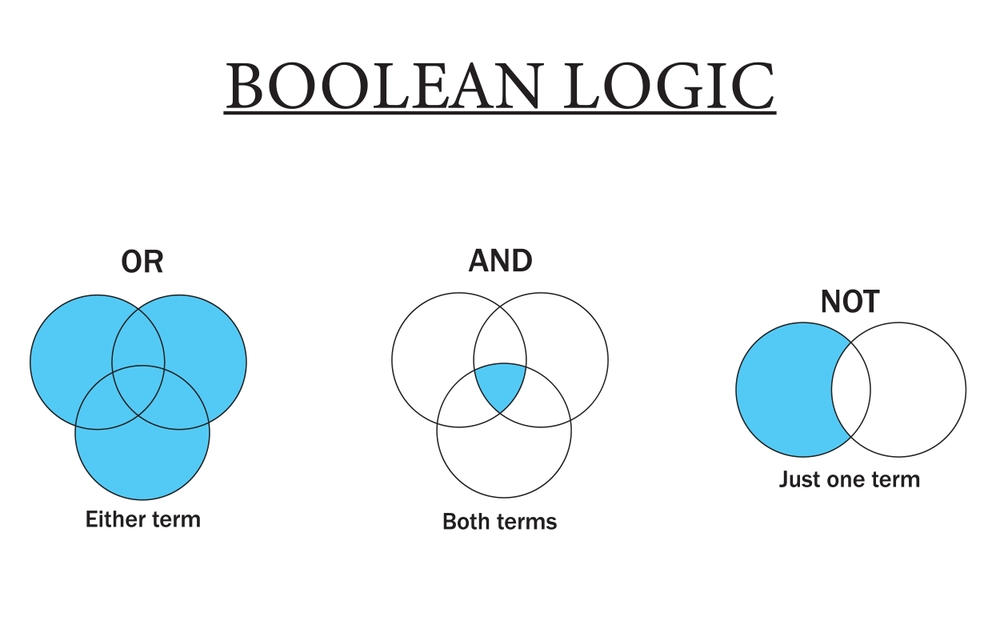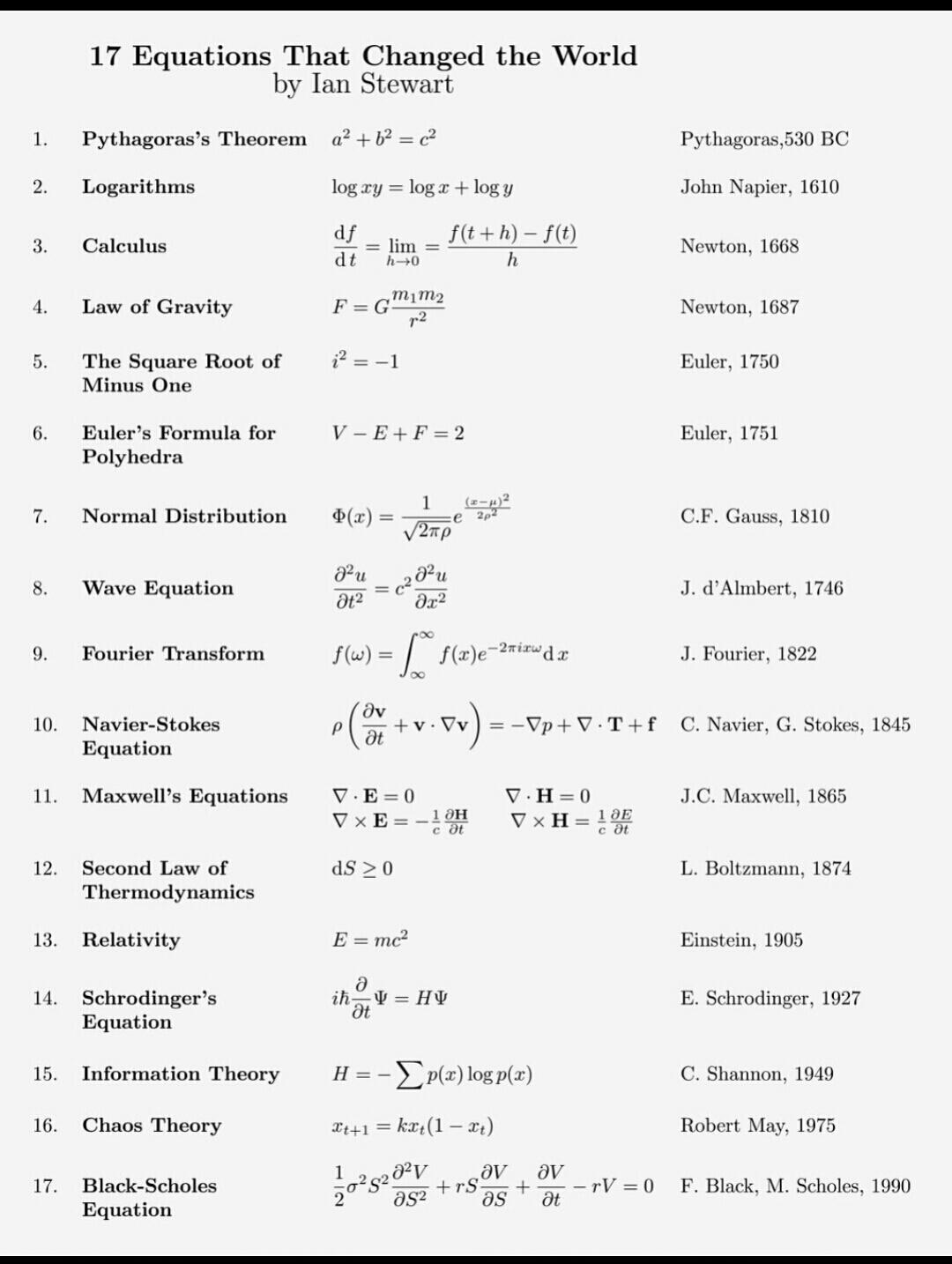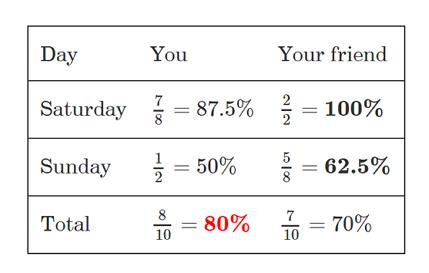By Staff Reporters
SPONSOR: http://www.CertifiedMedicalPlanner.org
***
***
In the United States, the difference between a Ph.D and a Sc.D is that the former is awarded to most, if not all, disciplines, while a Sc.D is awarded to science or STEM (science, technology, engineering, mathematics) disciplines.
This means that, in the United States at least, a Ph.D and a Sc.D are equal to one another in terms of telling people about an individual’s mastery of a particular skill, training, and prestige. A Ph.D holder and a Sc.D holder are viewed as peers and equals by most, if not all, American universities.
Meanwhile in Europe, according to Emily Summer, the difference between a Ph.D and a Sc.D is that the former is awarded at the start of an academic career, while the Sc.D is awarded much later, after the individual has built up an impressive body of work.
COMMENTS APPRECIATED
Subscribe and Refer
***
***
Filed under: "Doctors Only", Career Development, CMP Program, Ethics, Experts Invited, Glossary Terms, iMBA, Inc. | Tagged: CMP, Emily Summer, engineering, health, Marcinko, math, Ph.D, PhD, Sc.D, ScD, Science, STEM, Technology, writing | Leave a comment »























